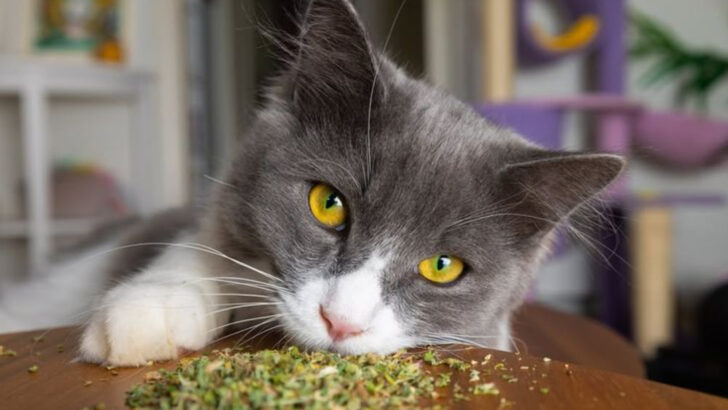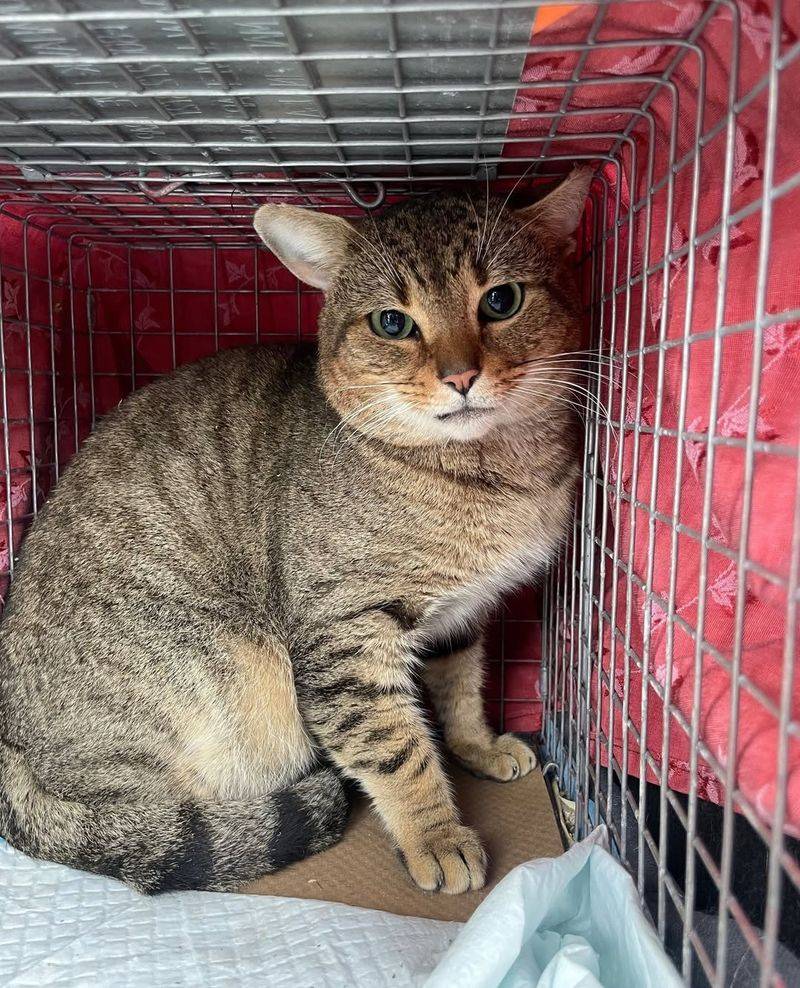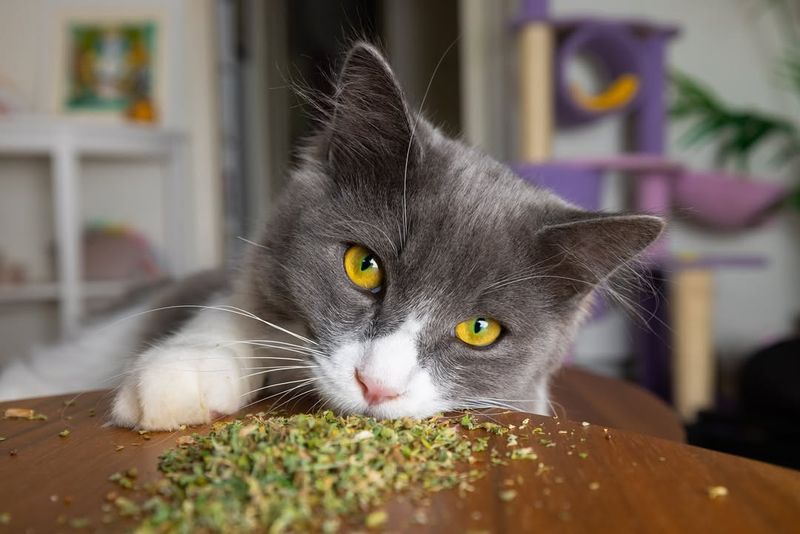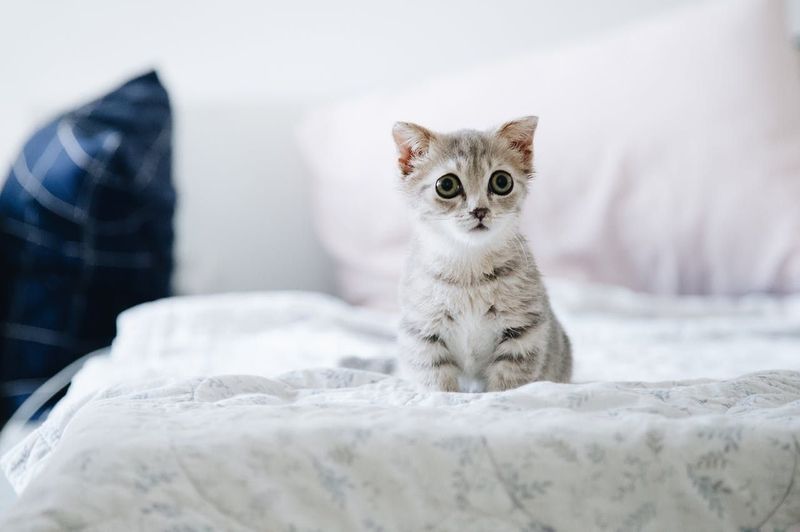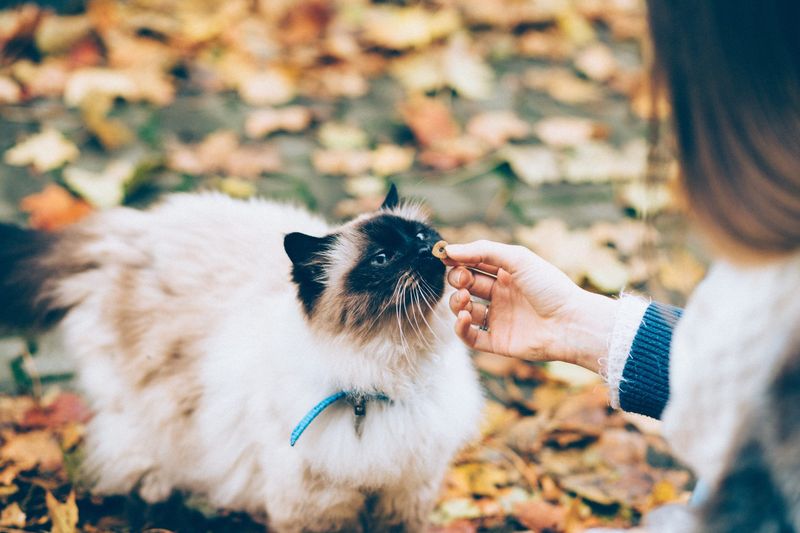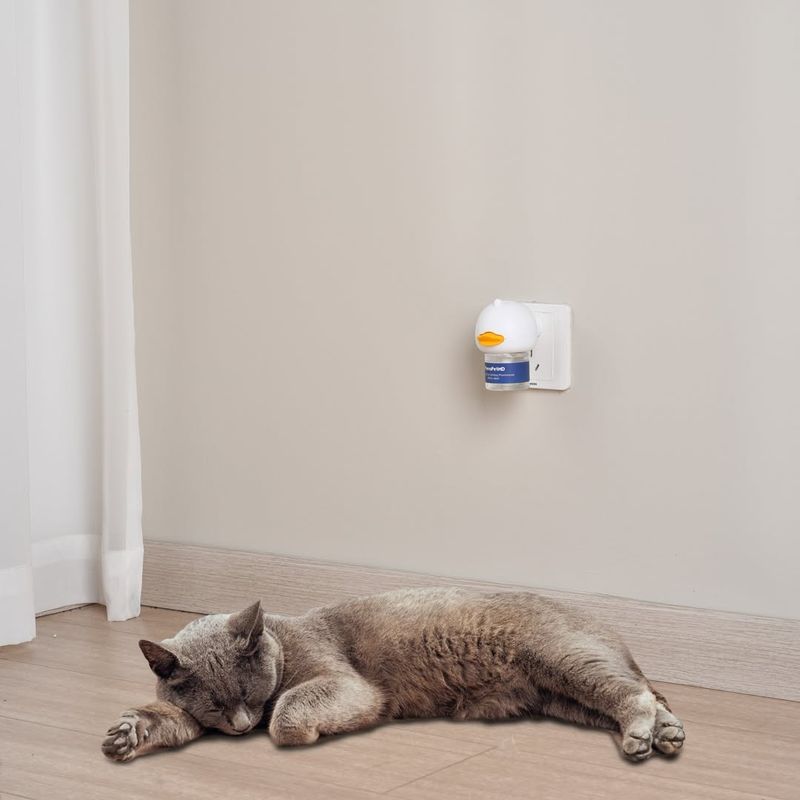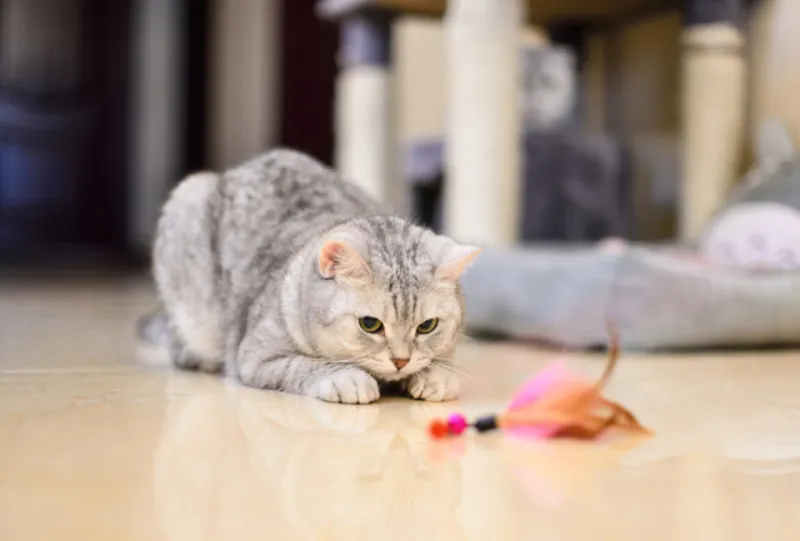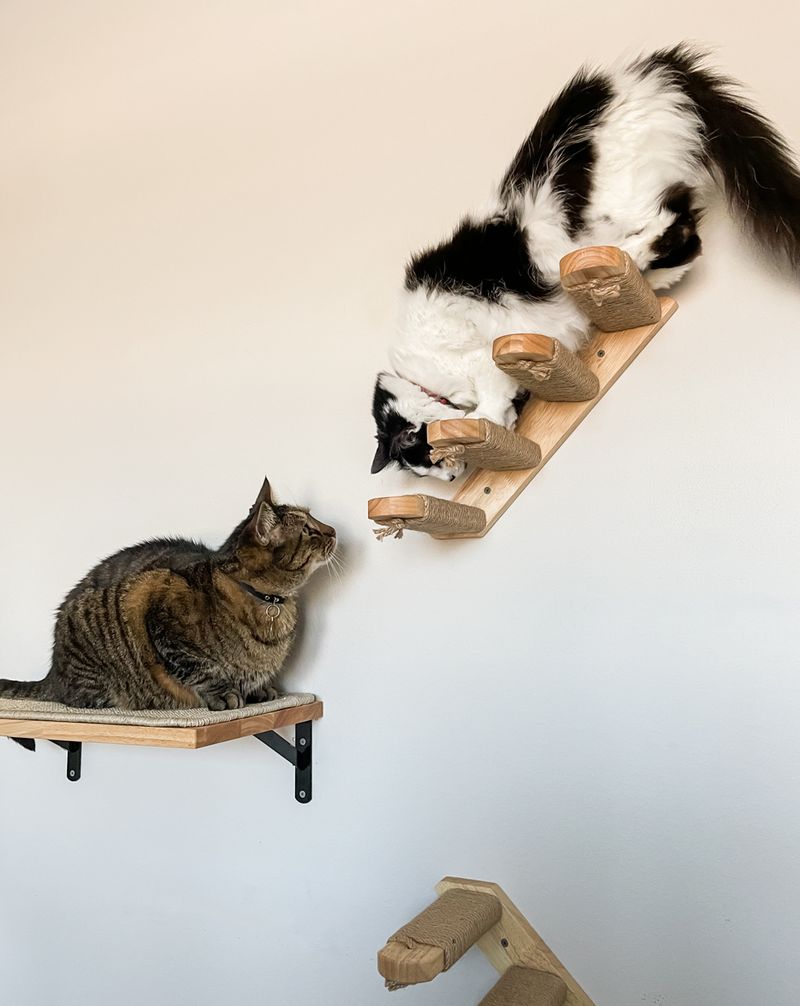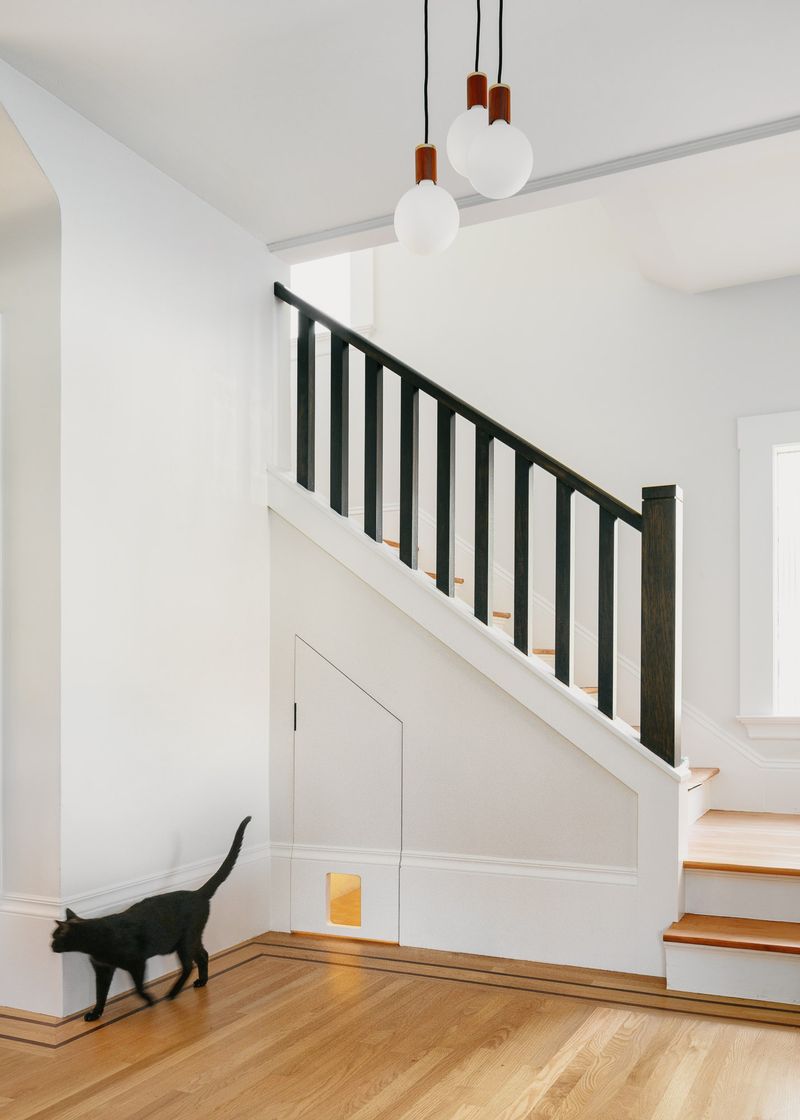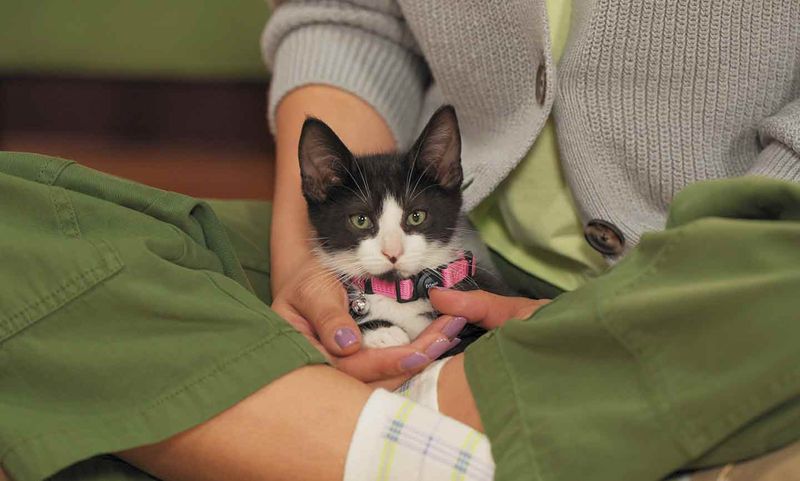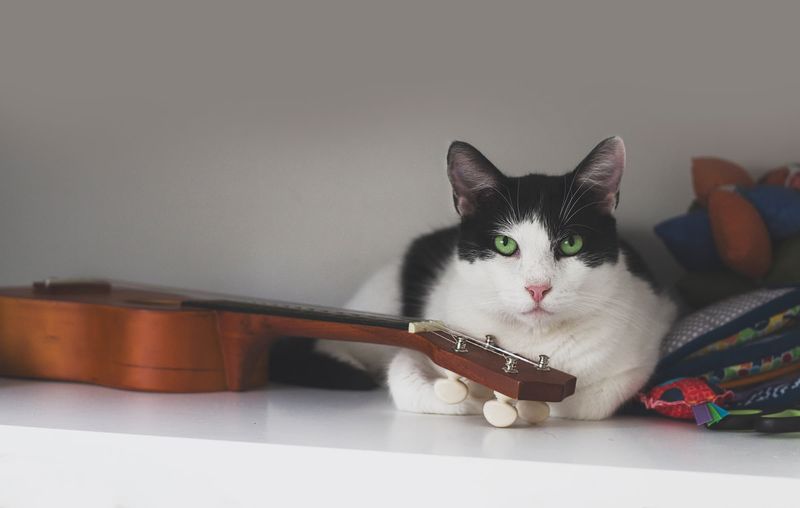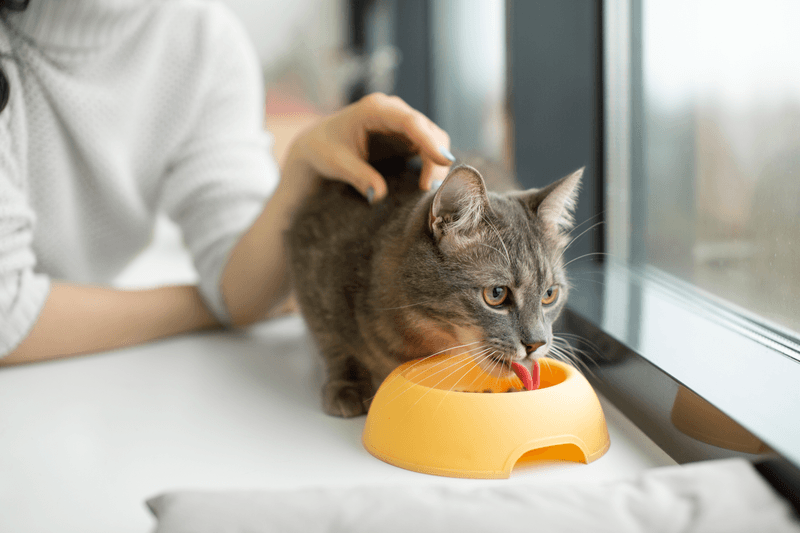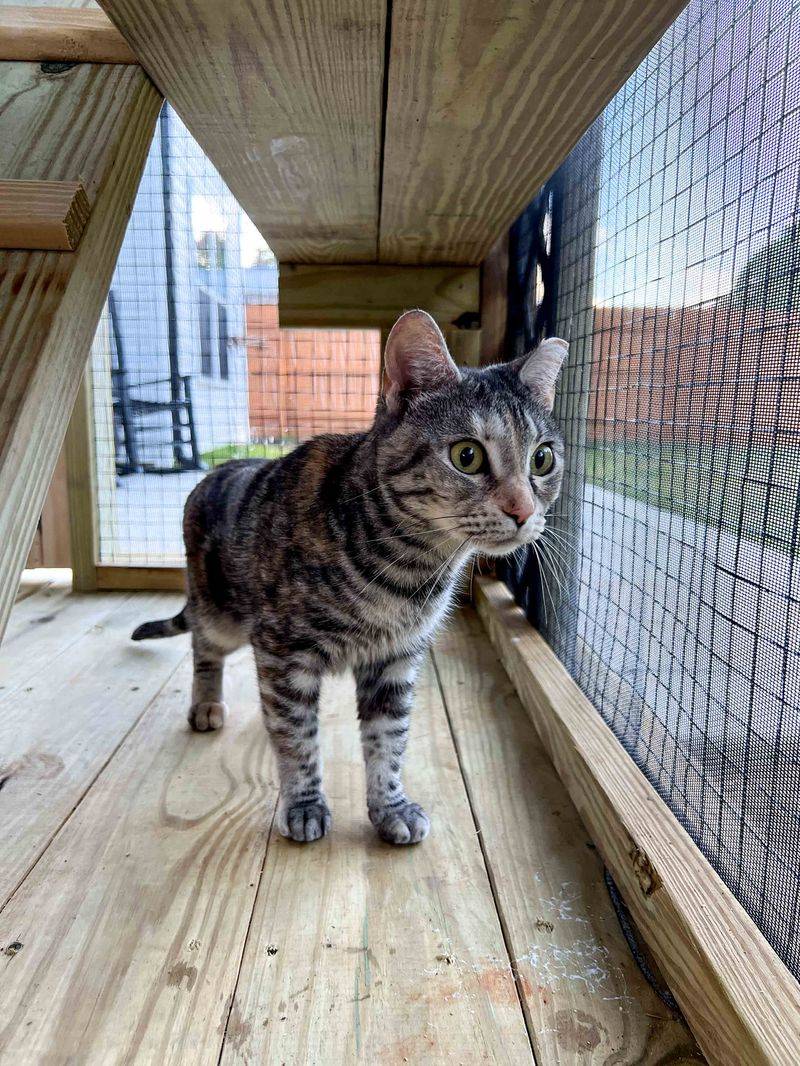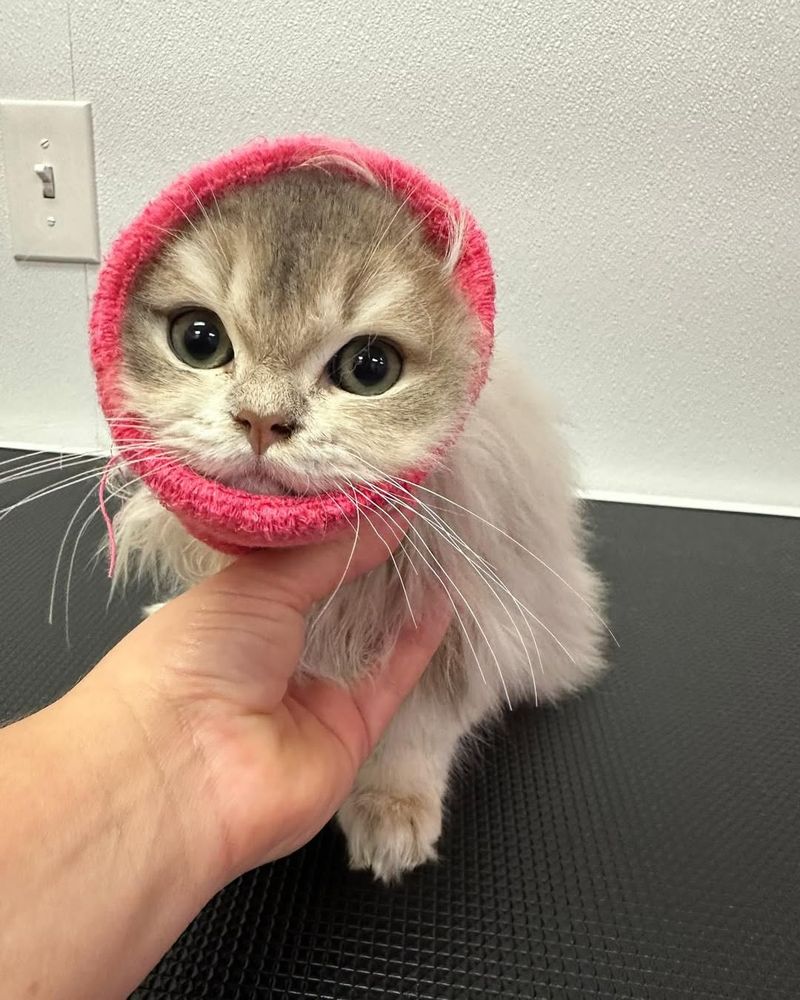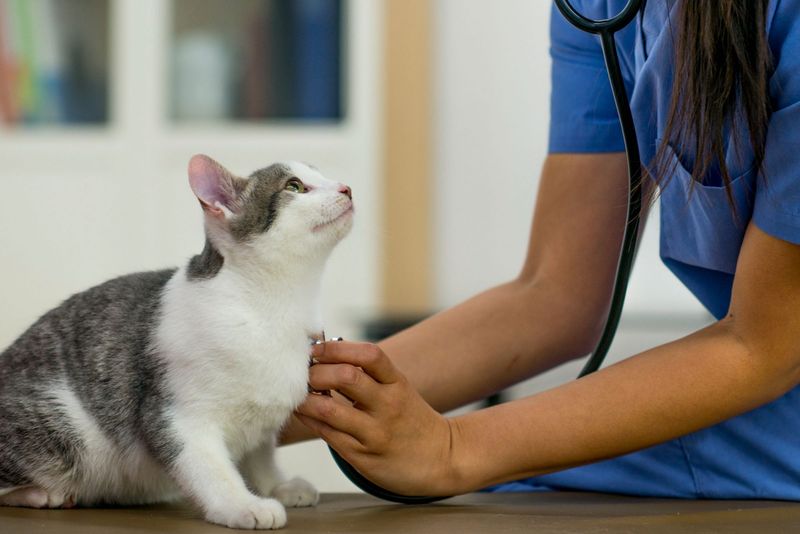Adapting a stray cat to indoor life demands patience, empathy, and a well-planned approach. This guide presents 15 methods to transform your home into a safe, welcoming space for your new feline friend. Whether it’s establishing a secure haven or setting up a consistent routine, these techniques are designed to build trust and ease the transition.
By incorporating positive reinforcement and structured activities, you can help your stray cat feel more at home indoors. Consistent mealtimes, gentle play sessions, and quiet moments can gradually replace the unpredictability of the outdoors. Each step you take strengthens the bond between you and your cat while easing its adjustment to a new way of life.
Using these strategies, you can ensure a smooth transition for both you and your new companion. From creating an enriching environment to seeking professional guidance when needed, every technique contributes to a nurturing indoor experience. Embrace these methods and watch your stray cat transform into a confident, content indoor pet.
1. Introduce Gradually
Allow the cat to become accustomed to its new surroundings by introducing it gradually. Initially, limit access to one room, slowly expanding its territory as comfort levels increase. This controlled exposure helps prevent overwhelming the cat. Observe its behavior closely, ensuring it feels secure before granting more freedom. By taking small steps, you foster a sense of safety and control, which is essential for a smooth adjustment. Each new area should be introduced as a positive experience, reinforcing its newfound indoor lifestyle. This gradual process builds confidence and eases the transition.
2. Use Catnip Strategically
Catnip can be a powerful tool in coaxing a stray cat inside. Introduce catnip toys or sprinkle dried catnip in specific areas to draw the cat’s interest and create a welcoming atmosphere. This herb is known for its ability to promote relaxation and playfulness, serving as an incentive for the stray to explore new indoor areas. Be strategic in its placement to maximize curiosity and engagement. By using catnip, you can transform indoor spaces into intriguing and enjoyable environments, making your home more attractive to a hesitant stray.
3. Familiar Scents
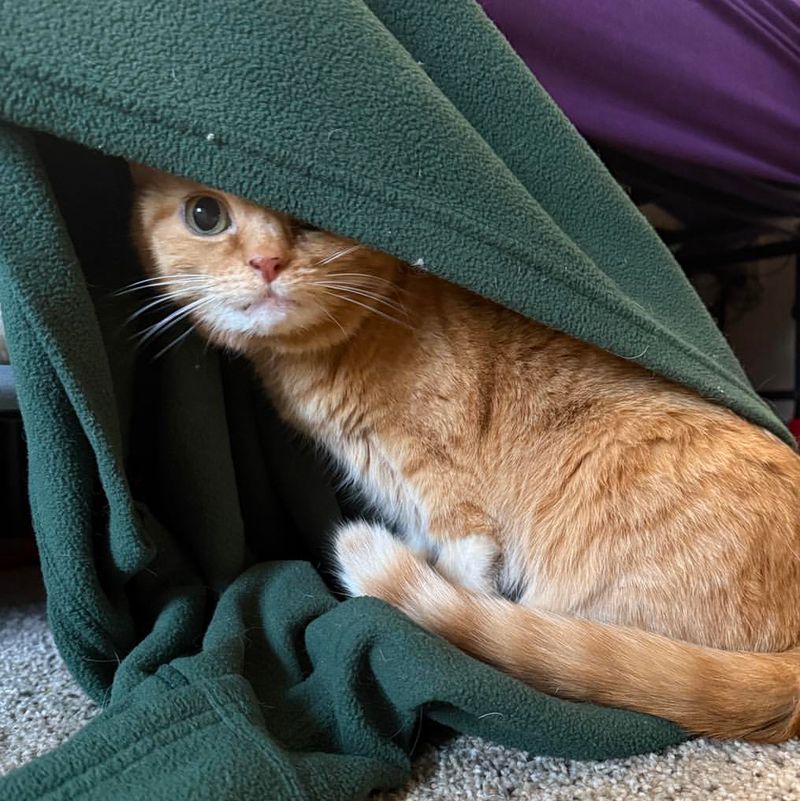
Utilize familiar outdoor scents to create a comforting bridge between environments. Introduce items like blankets or toys carrying the cat’s natural scents, providing a sense of familiarity. These objects act as reassuring reminders of their past. Incorporating these familiar scents helps reduce anxiety and evokes a sense of home. Position these items strategically around the living space to encourage exploration. By surrounding the cat with comforting aromas, you ease its transition to indoor life. This sensory connection supports emotional well-being and fosters a stronger bond with the new environment.
4. Consistent Routine
Consistency in daily routines is key to building trust with a stray cat. Establish regular feeding and play schedules, offering predictability and structure. Cats thrive in environments where they know what to expect. Maintain set times for meals and interactive play sessions to provide stability. This routine-oriented approach helps the cat feel secure, as it learns to anticipate positive experiences. Over time, these consistent patterns foster trust and comfort, reinforcing its sense of belonging in the indoor setting. A predictable routine is essential for a harmonious transition.
5. Positive Reinforcement
Rewarding calm behavior and progress with positive reinforcement is vital for encouraging a stray cat’s adaptation. Use treats, praise, or gentle petting to reinforce positive associations with indoor life. Celebrate small victories and advancements, making the cat feel appreciated and secure. This approach builds confidence and encourages further exploration. Consistent rewards for desired behaviors create a nurturing environment where the cat feels valued. By emphasizing positive reinforcement, you strengthen the bond between you and your feline companion, promoting a peaceful and trusting relationship.
6. Calming Pheromones
Diffusers emit synthetic pheromones that mimic natural ones, fostering a sense of security. Place diffusers strategically in areas where the cat spends the most time, creating a calming atmosphere. The presence of these pheromones helps alleviate stress and encourages relaxation. By incorporating this tool into your approach, you enhance the cat’s comfort and ease the adjustment period. Calming pheromones are a valuable asset in creating a peaceful and inviting indoor environment.
7. Interactive Play
Interactive play sessions tap into a cat’s natural hunting instincts and provide essential mental stimulation. Use toys like feathers on strings or laser pointers to engage the cat actively. These playful interactions not only entertain but also foster trust and bonding. Regular playtimes should be fun and stimulating, encouraging the cat to explore and enjoy its indoor environment. By channeling its energy positively, you enhance its mood and overall well-being. Interactive play is a delightful way to strengthen your relationship while fulfilling the cat’s instinctual needs.
8. Vertical Spaces
Offering vertical spaces like cat trees or shelves allows a cat to observe its surroundings from a safe, elevated position. Cats naturally seek height to feel secure and in control. These vertical areas provide opportunities for relaxation and exploration, enhancing the indoor experience. Install sturdy shelves or dedicated cat trees, encouraging the cat to climb and perch. By creating a multi-dimensional environment, you fulfill its need for security while adding variety to its daily life. Vertical spaces are integral to a comfortable and enriching indoor setting.
9. Designated Hideaways
Provide multiple hiding spots like boxes or cat condos where the cat can escape and regroup. These private spaces act as safe zones during stressful moments, promoting a sense of control. Ensure these hideaways are easily accessible and comfortable. By acknowledging the cat’s need for privacy, you enhance its emotional security. These designated areas become trusted refuges, integral to a harmonious indoor environment. Providing hideaways supports the cat’s independence while reinforcing its adaptation.
10. Gentle Socialization
Gentle socialization allows the cat to approach interactions on its own terms, building trust over time. Let the cat come to you, offering slow and gentle engagement. Respect its boundaries, and avoid forcing contact. Gradually, the cat will associate human presence with positive experiences. Offer soft-spoken communication and gentle touch to nurture this growing relationship. Patience and understanding are key, as this process varies for each cat. Gentle socialization fosters confidence and trust, paving the way for a harmonious coexistence in the indoor environment.
11. Soft Background Noise
Calming music or ambient sounds can soothe a cat and mask sudden, stressful noises. Choose gentle melodies or nature sounds to create a serene atmosphere. This auditory environment helps relax the cat, reducing anxiety during the adjustment period. Play these sounds consistently in areas where the cat spends the most time. By incorporating soothing background noise, you foster a tranquil indoor setting that eases the transition. This simple yet effective technique enhances the cat’s comfort and promotes a sense of peace.
12. Structured Mealtimes
Well structured mealtimes offer opportunities for bonding and creating positive social experiences. Occasionally share meals with your cat, emphasizing companionship and trust. This shared experience transforms feeding into a relational activity, enhancing the human-cat connection. Ensure meals occur in a calm and comfortable setting to maximize enjoyment. By integrating shared mealtimes into your routine, you strengthen mutual understanding and trust. This practice helps reinforce the cat’s acceptance of indoor life, making mealtimes a cornerstone of your relationship.
13. Stimulating Enrichment
Incorporate food puzzle toys or treat-dispensing toys to challenge and entertain the cat. These toys stimulate problem-solving skills and provide rewarding experiences. Regularly change the toys to maintain interest and excitement. By offering mental challenges, you keep the cat engaged and prevent boredom. This enrichment strategy enhances its indoor life by fulfilling instinctual needs. Engaging the cat’s mind aids in overall well-being, promoting a lively and dynamic indoor environment.
14. Gentle Grooming
Once trust is established, gentle grooming sessions become valuable bonding experiences. Begin with light brushing, ensuring the cat feels relaxed and comfortable. These sessions reinforce a sense of care and attention, strengthening your relationship. Approach grooming with patience, allowing the cat to set the pace. This gentle interaction promotes trust and enhances the cat’s comfort with human touch. Regular grooming not only maintains a healthy coat but also deepens the connection between you and your feline companion. It’s a rewarding practice in nurturing your indoor cat’s well-being.
15. Seek Professional Guidance
Consulting with a veterinarian or animal behaviorist offers tailored advice and support for challenging transitions. If you encounter difficulties, seeking professional guidance can provide solutions. These experts assess individual needs, offering strategies specific to your cat’s behavior. Their insights help navigate complex situations, ensuring a smoother adjustment. Professional input is invaluable when standard techniques need enhancement. By seeking expertise, you gain access to knowledge that fosters a successful transition. This proactive step highlights your commitment to creating a harmonious indoor life for your cat.
